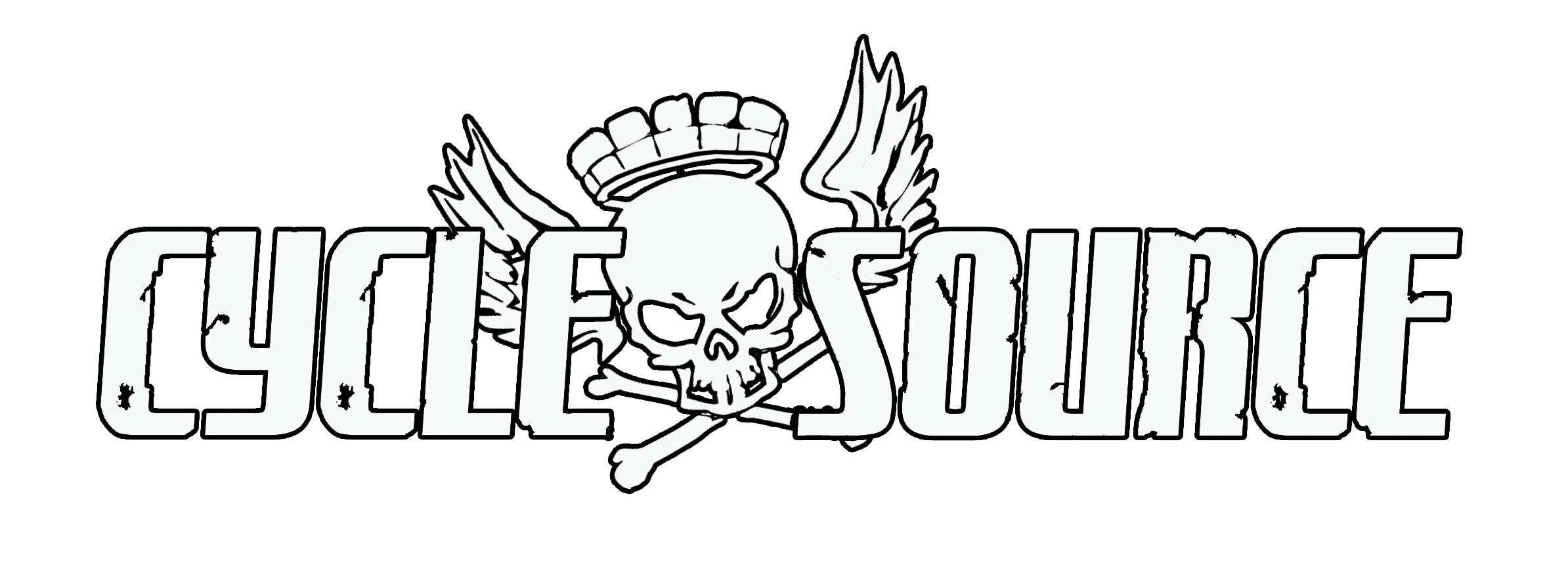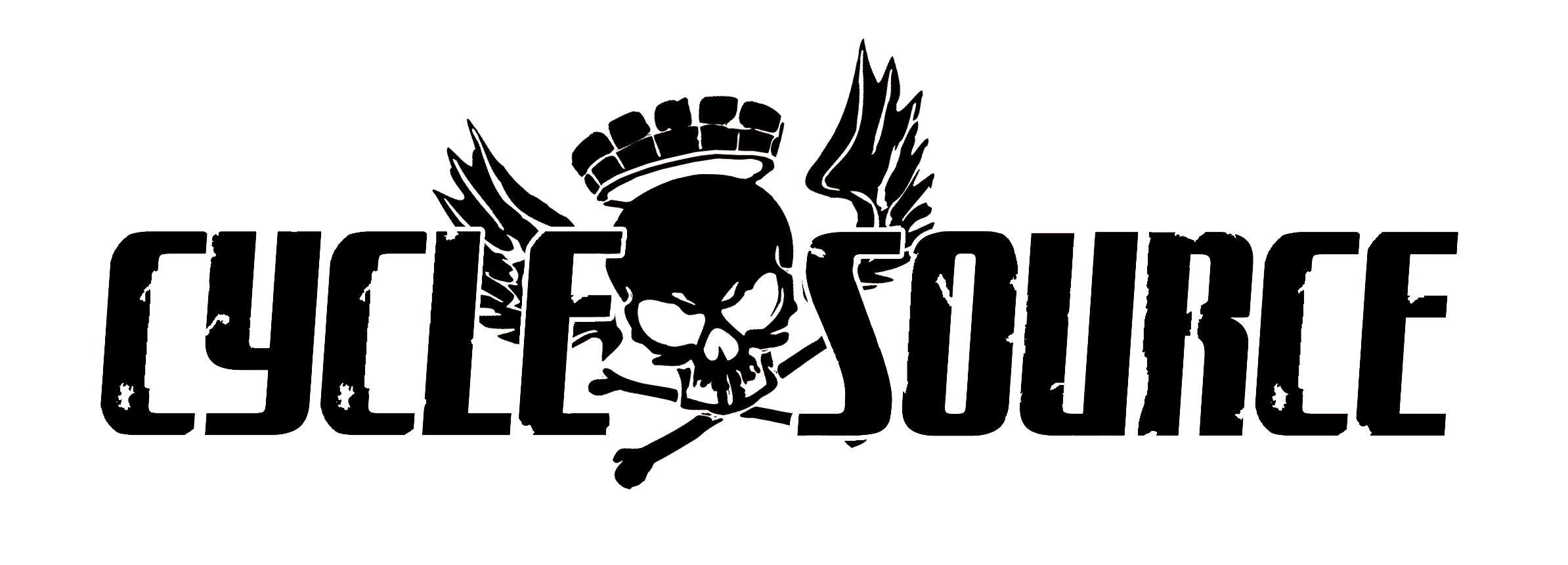Article By: Will Ramsey
Photos By: Craig Harriman (Corey Took One)
Faith Forgotten Choppers – www.faitforgotten.com
Originally Published In The March 2019 Issue Of Cycle Source Magazine
It has been a while since I did an “off the cuff” fabrication tech. This month I happen to be fabricating a very simple traditional sissy bar for a cool little Sportster chopper I’m building for a customer. This job offers a great opportunity to illustrate the need to develop and use your eyes when designing and building a bike. I often talk about precision, and I live half my life in front of CNC machines measuring parts and holding tolerances less than .0005”; but one of my favorite things about building bikes and parts professionally is the need to step away from the measurements and use a discerning eye to fabricate organic shapes such as gas tanks and sissy bars. Now please don’t misunderstand, this is not an excuse to be sloppy. Precisionis still paramount, but the nature of the fabricated part simply calls for a different form of measurement… The Eye. And just like any precision measuring tool, it takes time and experience to master.

I like to rough out the design using welding rod as a template. This is not necessarily a template that I will always stick to as I will allow my eye to make the final call as I begin fitting the final product. Nevertheless, a wire template is a good place to start and gives me a rough idea of shape and length.

I’m using 304 stainless steel for this project as the sissy bar will be polished before final assembly of the bike. I’ll turn four stainless steel bungs and two threaded mild steel bungs on the lathe to use as the mounts for this sissy bar.

I generally use either 5/8” round or ½” round for struts and sissy bars. This decision is based on function as well as design aesthetics. If the bike is set up for a passenger, then 5/8” is always a “go to” choice for me. If passengers are not a consideration, then the deciding factor is simply the overall design and feel for the build. This particular bike is drawing a lot of design cues from a very early Harley Davidson era. The ½” round lends itself better to the nostalgia of this chopper design.

To make the center bend in the sissy bar, the torch is employed in a concentrated fashion to allow for a tight radius bend.

The initial bend is established quickly on a flat table to ensure alignment and symmetry

Some old-fashioned horsepower allows me to smoothly finish the bend and avoid kinking the metal

Now it’s time to just look at the bend and make sure that it is smooth, consistent, and symmetrical. Don’t just glance at it. Take your time and really look at it from every possible angle.

Starting on the right side, I will tack the mild steel threaded bung to the fender. I take great care at this point to ensure that the bung sits parallel to the ground and perpendicular to the long axis of the bike. There’s really nothing more frustrating than seeing a well-built bike with mounting bungs positioned crooked

The lower bends of the sissy bar can be done with the torch as well, but I find cold bending them to be faster and much easier to control. I use a tight-fitting cheater bar to aid in muscling over the round rod

Now back to the bike for a quick check. Hand bending a fitting up parts can take time, it’s important to be patient and critical of your work here, in order to display a great finished product.

Sometimes I don’t know my own strength and end up over bending the rod. A simple squeeze in the vice, equipped with copper soft jaws, can tweak the sissy bar right into shape.

I like to use my modular Bluco table to lay out the sissy bar. This allows me to maintain symmetry from the right to left side as well as ensuring flatness in maintain a single plane between 3 bends.

After trimming the ends to length ill simply use a drum sander to cope the bottom of the sissy bar in preparation of welding to the lower bungs.

A tight fit will allow for a clean weld and minimize weld draw that can disrupt the fit of the sissy bar. After fit up is complete, it is time to

prep for welding. The sissy bar is mechanically cleaned with scotchbrite, and any remaining dirt or oils are removed using acetone.

As always, All welding rod is cleaned with acetone regardless of how “new” it is.

With all the components cleaned and prepped the sissy bar can be tacked in place to all 4 of the mounting bungs

When welding stainless steel, it is imperative that you clip the end of the rod every time you stop. An inclusion in a stainless steel weld is simply a fracture waiting to happen.

With everything tacked in place, the final welds can be made to all the mounting points. It is the patient and experienced eye that will often make the difference between an average build and something truly special. It’s the simple parts and the minimalist designs that truly demand the greatest attention to visual aesthetics. Even if you are not there yet, continue to push yourself to do better and remain critical of your own work

In the end, it’s the lines of the bike that tell the story of the fabricator. As you grow and evolve so will the story you tell. – Will























